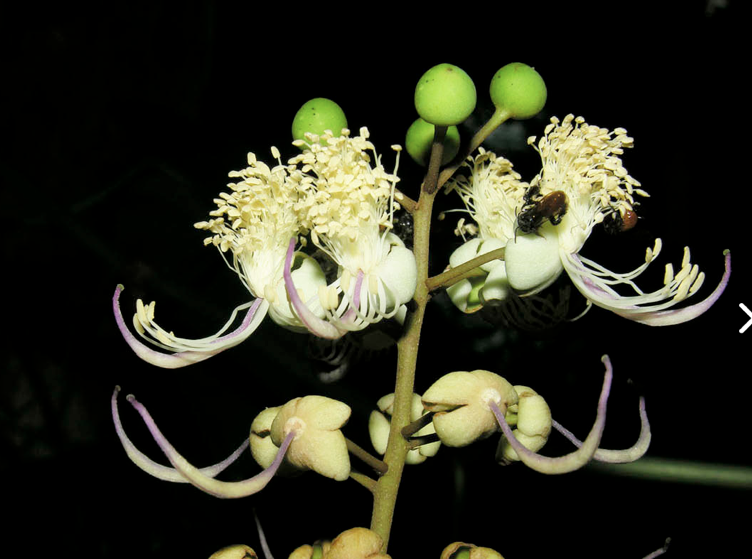Four “Flavors” of New Plant Species, Part One
Posted in New Plant Discoveries on January 23, 2015 by Benjamin Torke
Benjamin M. Torke, Ph.D., is an Assistant Curator at the Garden’s Institute of Systematic Botany. His specialty is legumes, a large plant family that includes not only beans and peanuts but also hundreds of rain forest tree species.
Every year, scientists in the Institute of Systematic Botany here at The New York Botanical Garden describe dozens of species of plants and fungi that are new to science. Recent examples come from Cuba, Venezuela, Ecuador, Peru, Bolivia, Brazil, Thailand, Vietnam, New Guinea, Australia, and the United States. These new species range from nearly microscopic lichens to huge forest canopy trees and were discovered in an equally broad range of habitats, ranging from rock outcrops in the Smoky Mountains to tropical rainforests in the Amazon Basin.
Despite the seeming randomness of discovery, most new species display at least one of four characteristics, or what might be called “flavors.” In my own research on the taxonomy of the tropical tree genus Swartzia, I have come across examples of each flavor. I’ll describe them in this series of posts, starting with new species that are rare.
In 2012, a Costa Rican colleague, Dr. Nelson Zamora, and I described a striking new species of Swartzia from the Pacific coast of Costa Rica. Several years before that, I had traveled to that small Central American country, partly to collect more specimens of this mysterious plant, which at the time was known from only a few fragmentary collections gathered primarily at two sites separated by about 100 miles. During the course of that trip, we discovered additional populations that bridged the geographical gap, and we concluded that the species ranges throughout the southern two-thirds of the Pacific lowlands of the country. It even occurs in popular tourist destinations such as La Cangreja and Corcovado National Parks. The fact that it had remained hidden for so long from botanists who have spent quite a lot of time in these areas is remarkable.

In the Osa Peninsula, which forms part of the Pacific coast, I was fortunate to enlist the help of Reinaldo Aguilar, the foremost authority on the local flora. He said that it would be difficult to find the species because it is very rare. His prediction turned out to be correct. After a long day of searching in likely habitat along a small, forested stream, we came across just a few individuals. In fact, it turned out that the species was relatively rare wherever we encountered it, and this is probably the reason that it had remained undetected for so long. We decided to call it Swartzia zeledonensis, after the canton “Pérez Zeledón” where the type specimen—the specimen that serves as a reference point when a plant species is first named—was collected.

